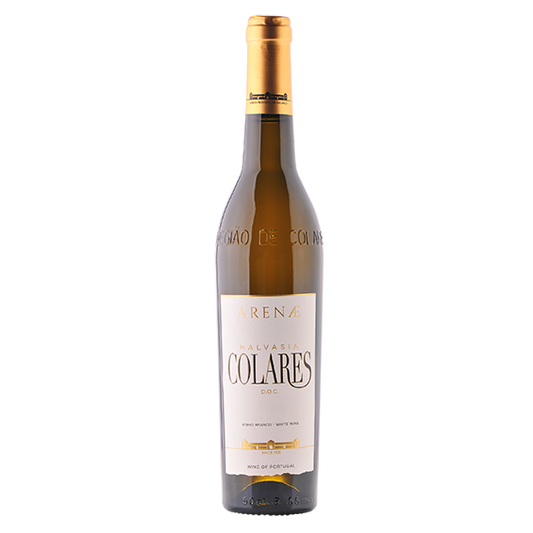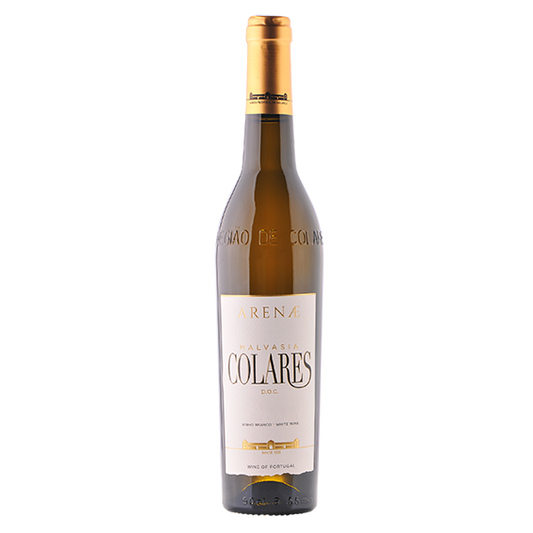Between the Atlantic Ocean and the Sintra Mountains, a handful of tiny lands, at one or two kilometers away from the sea, the noticeable castes of Colares withstand the external elements and men interference. It is at Adega Regional that a few small producers gather to bottle their wines and share ancient techniques.
Everytime Colares is mentioned, we can feel the emotion taking its course amongst the spirit of the enthusiasts. It has always been this way. The famous writer, Eça de Queiroz, who had a soft spot for these wines, used to called them the “Frenchest” wines of Portugal. The tiny demarked area, that once held a mere eight hectares of vineyards, is now composed by seventeen hectares, and lives off the passion that cheers the spirits of the producers.
The survival of these grapes and wines is a miracle. They endure the winds of the seas and the erosion caused by the particles of the sand, as well as the phylloxera and, in more recent times, the real estate speculation. The production by hectare in the sandy grounds, doesn’t overcome two tones and demands meticulous care, extreme expenses and an inexhaustible dedication.
The wines owe their high-status to the Ramisco caste, bought to these lands by order of D. Afonso III, in the 13th century. It results in complex wines, with a low alcoholic percentage, very present tannins and a long finishing. Amongst the whites, the Malvasia de Colares stands out, bringing remarkable, salty, lively and acid wines from the region.
To this day, the Adega Regional de Colares, gathers the majority of the producers in a notorious building, in which the culture and ancestral methods are preserved. Proudly bearing the title of the Oldest Cooperative Cellar of the Country, it originates and commercializes a small wine portfolio that includes the humble Serra da Lua and the blends Chão Rijo, made from traditional castes such as Castelão and Tinta Roriz (reds) and Malvasia, Galego Dourado, Jampal and Fernão Pires (whites). Both the red and white wines are characterized by a great aromatic livelihood and mineral traces provided by the sandy soils and sea proximity. The red presents toasts and red fruits aromas, in the mouth it delivers a touch of wood and pine nut.
The stars of the house are the Arenae white and red, prevenient from the Malvasia de Colares and from the Ramisco, respectively. The Malvasia is of ungrafted planting, least than a kilometer from the Atlantic, and produces a very pleasant wine with citric and baked apple notes, very fresh and mineral that acquires aromas of dried fruits, iodine, wax and hay as it ages.
The Arenae red, presents a ruby tonality when young, with strong tannins that fade as it ages. The aromas, very linked to the castes, vary between sour cherry and cedar resin. In the mouth it attests its connection to the Atlantic, reveling a dry texture and robust acidity.
At the most western wine region of Europe, life develops and wines are produced as they were in the Middle Age. Between the ferocity of the elements and the passage of generations, a rich legacy of farming and winemaking techniques subsists, echoed in wines that belong to the land and sea, almost as much as they belong to the men that produce them.






